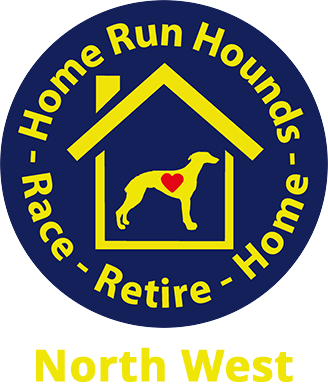
Kennel to Home
Understanding a greyhound's past is key to helping them adjust to pet life.
Many retired racers may seem fearful of common household items or new environments simply because they've never encountered them before, rather than due to past mistreatment. Similarly, behaviours like "sleep startle" or reactivity to other dog breeds are often rooted in their kennel upbringing and natural instincts, not aggression. Giving your new Greyhound time and empathy to understand their new world is essential for a smooth transition.
Greyhounds are typically born and raised in kennels, undergoing structured training for racing from about 12 months old. This routine, diet, and exercise are central to their lives, driven by their natural sighthound instinct to chase. While many thrive in this environment, their lack of exposure to varied sights, sounds, and other dog breeds means home life is a completely novel experience. They won't instinctively know about TVs, slippery floors, or how to play with toys; these are all new concepts requiring patience and understanding.
When a retired Greyhound comes home, it's entering an unfamiliar world. Expecting too much too soon can be overwhelming. They need time to feel safe, build trust, and reveal their true personality. Most will settle quickly, becoming gentle and loving companions, though some may take months. Remember their strong prey drive, the importance of lead walks, and that two 30-minute walks usually suffice. With patience, high-value treats, and a consistent routine, Greyhounds prove to be clever, trainable, and truly wonderful pets.
